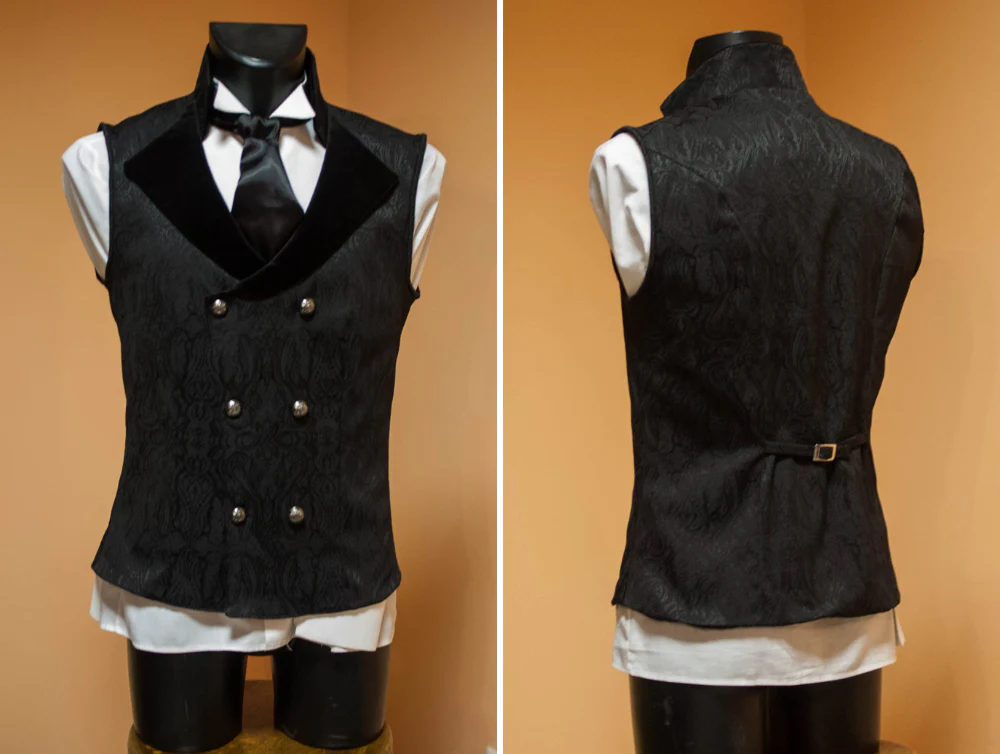| ☑ |
Velocitous Imbuement |
1 |
Unlike most spells, this one may be cast as a simple On Turn action, targeting up to one visible willing creature per caster level within one hundred feet. Enchanted creatures become incredibly fleet of foot, doubling their usual ground movement rate and becoming capable of running up walls and across ceilings without falling, provided they end their round upright on a navigable surface. They may also move away from melee opponents without needing to make a Fighting Withdrawal to avoid a parting attack, and may pass through and around armed foes who do not completely physically block their path. The spell lasts for the remainder of the scene and adds 1 System Strain to those who take advantage of it. |
| ☑ |
Query the Skull |
1 |
This spell requires a corpse with largely-intact organs of communication. The corpse cannot have been dead for more than one day per caster level. Once sorceled, the corpse will answer up to one question per caster level, with the caster understanding the answers regardless of the creature’s natural language. Corpses are laconic, and generally answer in no more than one or two sentences; their replies will be truthful, but tend to be literal and they have no power to hypothesize or make judgments. This spell may not be used twice on the same corpse. |
| ☑ |
Smite the Dead |
1 |
The necromancer conjures a blast of dispelling force at a point within one hundred feet per caster level, affecting an area up to 20 feet in radius. All hostile undead within that area immediately suffer 1d10 damage per caster level. Undead with hit dice equal or less than the caster’s level must make a Physical save or be destroyed outright. The necromancer may Commit Effort for the day immediately before casting this spell; if so, its casting does not count against the Necromancer’s available spell slots for the day. |
| ☐ |
Command the Dead |
1 |
The necromancer exerts their will over a number of hit dice worth of undead equal to twice their character level. These undead must be visible and within one hundred feet of the caster. Undead get a Mental saving throw to resist this binding, at a penalty equal to the caster’s Magic skill. Creatures only partially-bewitched by the spell due to their excess hit dice merely stand dazed for a round. Those fully within the hit die cap who are affected become suicidally loyal to the necromancer until they are released by the caster. Regardless of how often the caster uses this spell, they may have no more than twice their level worth of hit dice bound at any one time, with the oldest-enchanted being first released. |
| ☐ |
Wardpact Invocation |
1 |
This spell may be cast in two different forms. If it targets a creature within 200 feet, the target becomes partially immune to physical weapons; any weapon hit on them requires the attacker make a successful Physical save or the hit is negated. This effect lasts for one round per two caster levels, rounded up, and can’t target the caster. If it targets a visible weapon within two hundred feet, that weapon is rendered entirely harmless and unable to inflict damage for the rest of the scene, with no saving throw. The spell may only affect a given target or weapon once per scene and natural body weapons aren’t affected. |
| ☑ |
Raise Corpse |
2 |
The necromancer targets a mostly-intact skeleton or corpse, imbuing it with a semblance of life. Whatever the creature’s attributes were in life, it now has 1 HD, an AC of 13, a Move of 30’/round, a +0 skill bonus, saves of 15+, a +1/1d6 unarmed melee attack, Instinct 0, and a Morale of 12. Such corpses may be equipped with weapons or armor. Its decay or dissolution immediately ceases, and it becomes suicidally loyal to its creator. The corpse has no natural volition, but will obey commands with a human degree of intelligence. It has only vague memories of its prior life, and while it may retain human tics or habits it had in life it can answer only the simplest and most self-evident questions. Damage to a corpse can be repaired only by casting this spell on it again, which restores it to its original “health”. The corpse continues to exist until it is reduced to zero hit points or its creator releases it. A necromancer cannot have more active subjects of this spell than their character level. |



